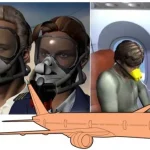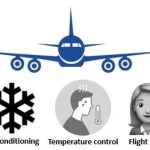If you’re passionate about aviation, have a knack for problem-solving, and aspire to play a crucial role in the development and maintenance of aircraft, a career as an aircraft engineer might be the perfect fit for you. As an aircraft engineer, you’ll have the opportunity to work on cutting-edge technology, ensure flight safety, and contribute to the advancement of the aviation industry. In this article, we will outline the steps and requirements to embark on this exciting career path.
Scope of an aircraft engineer
The scope of an aircraft engineer, also known as an aerospace engineer, encompasses a wide range of responsibilities and opportunities within the aviation industry. Here are some key areas within the scope of an aircraft engineer:
- Design and Development
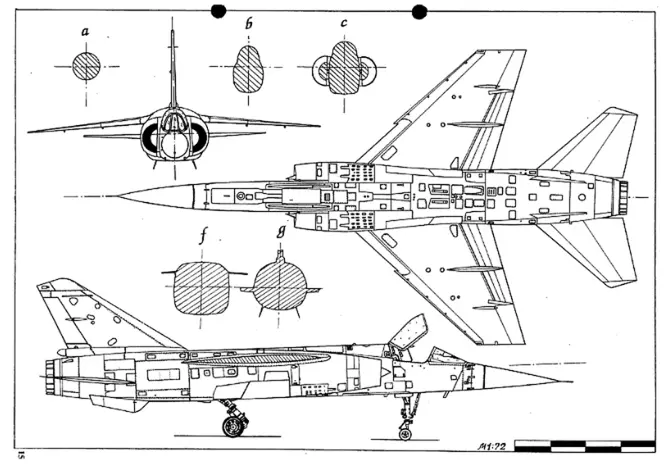
Aircraft engineers are involved in designing and developing various components and systems of an aircraft. They work on aerodynamics, propulsion systems, avionics, structures, and overall aircraft design. This involves using computer-aided design (CAD) software, conducting simulations, and analyzing data to ensure the safety, efficiency, and performance of the aircraft.
- Maintenance and Repair
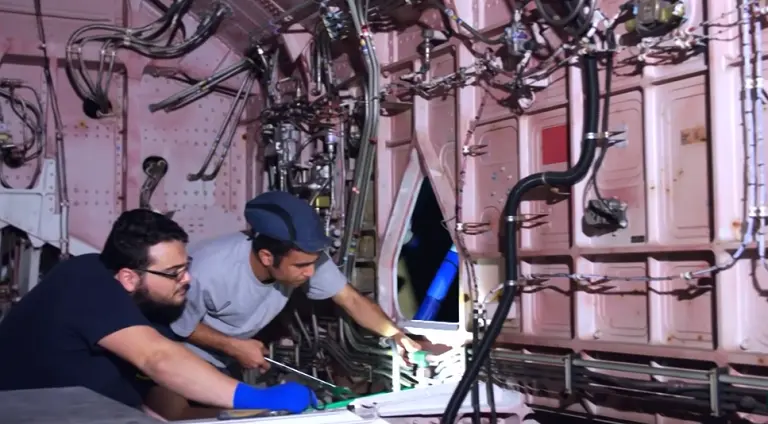
Aircraft engineers play a crucial role in the maintenance and repair of aircraft. They inspect aircraft systems, identify faults or issues, and perform necessary repairs or replacements. They ensure compliance with regulatory standards and conduct regular maintenance to ensure the airworthiness and safety of the aircraft.
- Manufacturing and Production
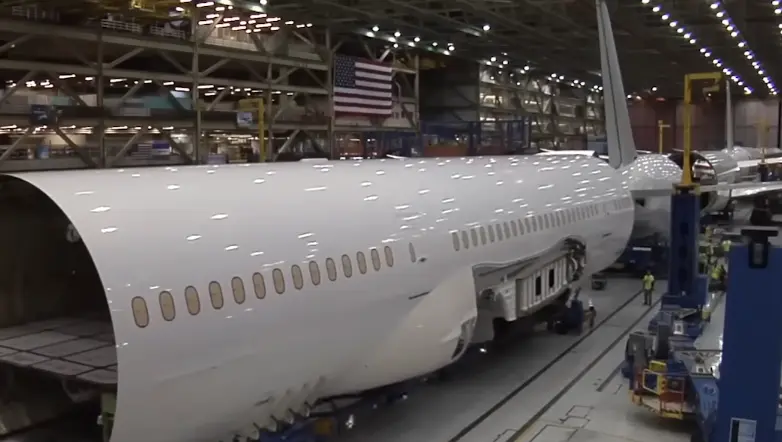
Aircraft engineers are involved in the manufacturing and production processes of aircraft and their components. They work with manufacturing teams, provide technical expertise, and ensure that the production meets the required quality standards. They may also be involved in testing and quality control procedures.
- Research and Development

Aircraft engineers are often engaged in research and development activities to advance aviation technology. They explore new materials, technologies, and methodologies to enhance aircraft performance, fuel efficiency, safety, and sustainability. They may work on projects related to electric or hybrid propulsion systems, lightweight materials, autonomous flight, or other emerging aviation technologies.
- Regulatory Compliance

Aircraft engineers must stay updated with aviation regulations and standards. They ensure that aircraft designs, modifications, and repairs comply with the regulations set by aviation authorities, such as the Federal Aviation Administration (FAA) in the United States or the European Union Aviation Safety Agency (EASA) in Europe.
- Project Management

Aircraft engineers may take on project management roles, overseeing the design, development, or maintenance projects of aircraft. They coordinate teams, manage budgets, track progress, and ensure projects are completed within defined timelines and specifications.
- Consulting and Advisory Roles

Experienced aircraft engineers may work as consultants, providing technical expertise and advice to aircraft manufacturers, airlines, or government organizations. They may assist in evaluating aircraft performance, conducting safety assessments, or developing strategies for aircraft fleet management.
- Teaching and Academia
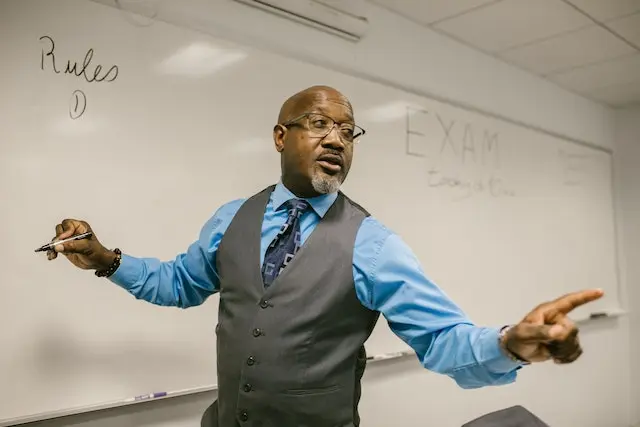
Some aircraft engineers pursue careers in academia, becoming professors or researchers in aerospace engineering departments. They contribute to the advancement of knowledge in the field, mentor aspiring engineers, and may supervise research projects.
Overall, the scope of an aircraft engineer is diverse and dynamic, covering design, development, maintenance, manufacturing, research, regulatory compliance, project management, and various other roles within the aviation industry. The field continues to evolve with emerging technologies, environmental concerns, and industry advancements, offering continuous opportunities for growth and specialization.
Steps to become an aircraft engineer
Step 1: Obtain a Solid Educational Foundation
To become an aircraft engineer, a strong educational background is essential. Start by earning a high school diploma or 12 years of schooling or equivalent qualification with a focus on mathematics and physical sciences. These subjects will provide you with a solid foundation for higher-level engineering studies.
Step 2: Choose the Right Degree Program
The next step is to pursue a bachelor’s degree in aerospace or aeronautical engineering or Mechanical Engineering or Electrical & Electronic Engineering. Several universities and colleges offer programs specifically tailored to aspiring aircraft engineers.
During your undergraduate studies, you will delve into subjects such as aerodynamics, aircraft structures, propulsion systems, flight mechanics, and avionics. It is advisable to select a program that is accredited by a recognized aviation authority to ensure the quality and relevance of the curriculum.
There is another way to become an Aircraft Engineer or Aircraft Maintenance Engineer (AME). You can obtain an AME course from any institute or organization that is appropriately approved by the competent authority. There is high demand in AME due to their hands-on skill and theoretical knowledge at the same time. Learn how to become an Aircraft Maintenance Engineer (AME).
Step 3: Gain Practical Experience through Internships
While pursuing your degree, take advantage of internship opportunities with aviation companies, airlines, or maintenance facilities. These internships will allow you to gain practical, hands-on experience working on aircraft, conducting inspections, assisting with repairs, and observing the overall maintenance process. Internships provide valuable insights into the aviation industry and enhance your employability.
Step 4: Obtain Licensure and Certifications
To work as an aircraft engineer, you will need to obtain the necessary licenses and certifications. The specific requirements may vary depending on your location, but most countries have regulatory bodies responsible for certifying aircraft engineers.
In the United States, for instance, the Federal Aviation Administration (FAA) offers the Airframe and Powerplant (A&P) certification. The A&P license demonstrates your competency in aircraft maintenance and repair.
Step 5: Pursue Advanced Education (Optional)
While not mandatory, pursuing advanced education, such as a master’s degree in aerospace engineering or a related field, can open doors to specialized roles or research positions. Advanced degrees provide in-depth knowledge and research opportunities, allowing you to make significant contributions to the field of aviation engineering.
Step 6: Continuously Update Your Skills and Knowledge
The aviation industry is continuously evolving, and aircraft engineers need to stay up to date with the latest technological advancements, regulations, and safety standards. Participate in professional development programs, attend workshops, and consider joining industry associations to network with other professionals and access valuable resources.
Step 7: Build a Strong Professional Network
Networking plays a vital role in career advancement. Attend aviation conferences, join professional organizations such as the Society of Automotive Engineers (SAE) or the American Institute of Aeronautics and Astronautics (AIAA), and connect with fellow engineers and industry experts. Networking can lead to job opportunities, mentorship, and collaborations that will enhance your career prospects.
Step 8: Pursue Specializations and Diversify Your Skills
Aircraft engineering encompasses various specialized areas, such as avionics, propulsion, structures, or systems engineering. Consider pursuing certifications or additional training to specialize in a specific field that aligns with your interests and career goals. Specializing will increase your expertise and make you a sought-after professional in your chosen area.
Final words
Becoming an aircraft engineer involves a comprehensive process that combines education, practical experience, and a genuine interest in aviation. It begins with obtaining a bachelor’s degree in aerospace engineering or a related field, focusing on subjects like aerodynamics, propulsion systems, and avionics. Gaining practical experience through internships or co-op programs is crucial to develop hands-on skills and industry insights.
Licensure or certification may be required depending on the location, and specialization in a specific area of aircraft engineering can enhance career prospects. Building a professional network, pursuing advanced degrees if desired, and staying updated with industry developments are also important.
Gaining industry experience through entry-level positions, embracing lifelong learning, and actively participating in professional development activities further contribute to becoming a successful aircraft engineer. Overall, dedication, continuous learning, and a passion for aviation are key elements in embarking on a rewarding career as an aircraft engineer.

